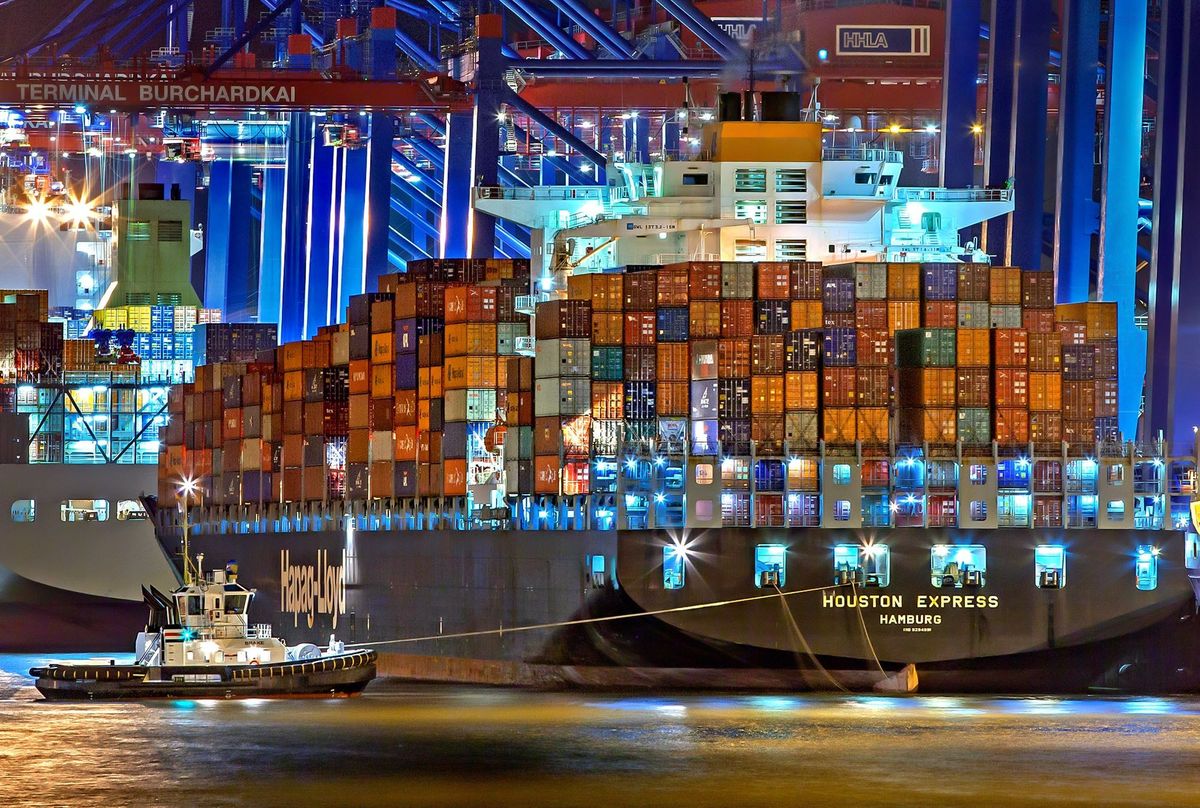The Current State of the Shipping Crisis
The US shipping port is as congested as the common cold right now. Ships are stuck and massive delays are upon us. So what does the shipping crisis mean for your upcoming orders?

The supply chain system is in shambles. The United States shipping port is as congested as the common cold right now. Ships are stuck and massive delays are upon us. As a result, air shipping is the better option, but the better option has a cost — higher rates. Due to the coronavirus pandemic and shortage of workers, shipments cannot keep up with the demand. So what does the shipping crisis mean for your upcoming orders?
The dilemma
Imagine this 40-mile traffic jam on the LA freeway while you’re on your way to work. Instead, it’s happening off the east and west coasts of the United States, where container ships from China and Asian ports are stuck and waiting in line to dock.
According to Forbes.com, for about 3 months 76 container ships have been in a constant state of jam waiting to dock at LA and Long Beach. Each ship contains 14,000 containers at an average value of $100,000. In total $106 billion worth of merchandise is just sitting in the middle of the ocean waiting to dock — expiring and devaluing. The same goes for the east coast with New York and Georgia.
So why all this ruckus? COVID cases are continuing to decline, adults are returning to the workplace, and children are heading back to school. Life is returning to normalcy, which by default causes the demand for goods. There has been a sudden attraction to online shopping because of the pandemic and has continued to be the way to shop.
As life may seem to return to normal there are still COVID-related shutdowns of factories in Southeast Asia impacting the sneaker and furniture industry. Ports are full and there is no space for the shipments waiting in line to be unloaded — the parking garage is full.
President Joe Biden announced seaports would switch to 24/7 operations to speed up the supply chain but the problem trickles down to a shortage of truck drivers and equipment to move containers.
NBC Nightly News correspondent, Lester Holt, spoke to a port at Long Beach where they say the problem isn’t just at the ports, it's in the other areas of the supply chain that need to be fine-tuned — the trucks and trains who transport. According to NBC Nightly News, the trucking industry is down 80,000 drivers and there is no led up for consumer demands of products.
Air shipping vs sea shipping
Airfreight or sea freight is a subject of debate due to the shipping ports dilemma. Could air shipping be a quick fix? According to C.H. Robinson, air shipping is quicker without a doubt. Sea shipping typically takes weeks and in this case months but in a day or two air freight will arrive.
Keep in mind that air shipping witnesses obstacles as well like bad weather conditions, labor strikes, and traffic congestions at landing.
As stated by C.H. Robinson, air freight is charged based on weight and sea freight is charged based on containers. Larger, heavier shipments are more common through sea shipping because it’s less expensive. The weight and the size of the shipment are calculated like it is with air freight.
Air shipping depends on the context but as of right now with the log jam of sea shipping it is the faster route.
What’s next?
The supply chain market can’t catch a break and you won’t either. Expect it and corporate around it. Consider if air shipping is financially and economically suitable for your company. If air shipping is not feasible, plan to initiate production months in advance to accommodate the time sea shipping may take. Alternative options include sea-air shipping, which avoids congestion at the port and cuts some costs along the way.
Many factors play into the delay and expect them to continue into 2022. For further information or questions regarding the shipment of your orders, contact us for details at [email protected].




